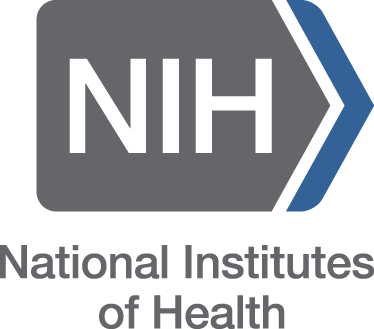FOOD CLASSIFICATION AND CALORIE ESTIMATION USING DEEP LEARNING WITH INCEPTIONV3
DOI:
https://doi.org/10.63001/tbs.2025.v20.i02.S2.pp284-288Keywords:
Food Classification, calorie estimation, Deep Learning, Inceptionv3 ArchitectureAbstract
This paper provides a deep learning-based model for food classification and calorie estimation using the InceptionV3 architecture. The model uses transfer learning, with InceptionV3 serving as a feature extractor and specialized layers for classification, such as global average pooling, dropout, and thick layers. After it has been trained on the Food dataset, which consists of food classifications, it is optimized using the Stochastic Gradient Descent (SGD) optimizer. To enhance model generalization, data augmentation methods such shear range, zoom, and horizontal flips are employed. The system determines the caloric content of the observed food item in addition to classifying foods using a different dataset that associates each food class with its corresponding calorie value. Using the classification of the food item, a regression. The model's performance is monitored using validation loss and accuracy, ensuring that the best-performing model is kept for future projections. The model's decision-making process can be better understood using a range of visualization tools, including class activation maps, heatmaps, and activation layers. This technology, which combines food recognition and calorie estimation, has practical uses in health, fitness, and nutrition.






























